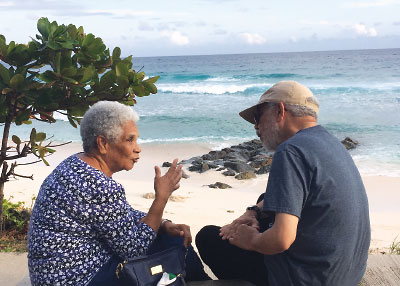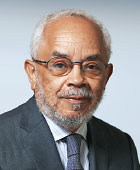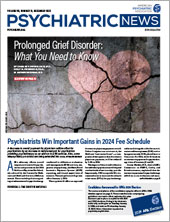I recently attended the 2023 James Weldon Johnson Memorial Lecture given by the poet Robin Coste Lewis on the Yale campus. She delivered an address that partly involved simultaneously reading poetry and presenting photos that came from her grandmother’s collection. She was melding poetry (a form of narrative) and photography. As the talk unfolded, my thoughts returned periodically to an exhibition I visited at the Pompidou Center in Paris, France, only a few weeks ago called “Corps à Corps: Histoire(s) de la Photographie” (“Body to Body: History(ies) of Photography”). I was reminded that for the last decade or so, I have witnessed the increasing influence of photography on different forms of narrative.
The Paris exposition presented two collections of photography, one public from the National Museum of Modern Art, and the other private from the filmmaker Marin Karmitz. The photos dated from early 20th-century to contemporary works and focused on human beings and narratives. The curators devised a seven-part classification system that gave the exhibition structure and made it easier to follow commentary in the program notes. They enunciated principles for exploration of this type of artistic venture and framed several questions for consideration: Is it important to keep an eye on the relationship between photographer and subject? Is that connection defined by power, complicity, or rejection? Is photography principally a medium of introspection, or may we see it also as a mirror with a memory? And finally, besides the photographer, does the audience have some responsibility for the photographed subjects?
I tried to make sense of the Robin Lewis lecture and to establish a connection between her work and the structural principles that I had gleaned from the Paris exhibition. I could only do so readily by keeping in mind how I had employed photography in my own scholarship. I had in fact done so in two ways: in a study of leadership and membership in a Barbados Indigenous religious group and in thinking about Black autobiographies. In the first instance, photography was essential in illustrating what Paris curators would call the “interiors” of my religious study group, which is to say, “a place apart, governed by rules, modes of operation and temporalities entirely of its own.” The curators even recalled Michel Foucault’s original term “heterotopy” as they explained how one can find freedom as well as isolation in these spaces. In the second instance of biographical use, I was more likely to focus on images of faces or places. So, in my reflections, I felt I was making some connection to the structure offered by the Paris exhibition and was also appreciating Lewis’ integration of poetry and photography.
In the group of photos labeled “The First Faces” (“Visages”) from the Paris exhibit, the curators pointed out that it could be taken for granted that in the act of photography, exploration of the human body starts with the face. Such images represent the first step toward a relationship between photographer and subject. Anonymous faces, without social context, could well be the pretext for further study of the face. Photography of one’s visage is an act of engagement and renders the subject visible. Viewers encountering the image may have a pleasant experience while formulating questions about the subject’s identity. Examples of the relationship between these theoretical notions and the photos used to illustrate this category were pictures of the European Gypsy community in the 1950s and of children forced to work in American factories during the early 20th century.
The curators discussed another group labeled “Within Oneself” (“En Soi”). Pictures in this group showed people seemingly absorbed in their own thoughts. The photographer seems detached from the goings-on being recorded. Alternatively, the photographer may present the image with considerable empathy. The curators noted that some artists may rely on technical ability with the camera, utilizing light and shadow to create certain moods like solitude or sadness. They also referenced images of bodies in trance, which made me think of church members, from my research projects, dancing while possessed by the Holy Spirit.
I enjoyed perusing another category of photos labeled “Flashes” (“Fulgurances”). The notes described this as photography occurring in a moment. “The photographer stands and waits for the image to appear.” There is a capturing of the micro-period and a sort of grasping of the other. It may also be a way to reveal relationships between human beings. Examples of this form were pictures taken on the street; of someone on a subway; of a couple dancing. I found this to be also a potentially intrusive category. Flashes were a common form of photography during the early years of the civil rights movement, with snapshots of ubiquitous racialized incidents illustrating hatred and fear and incidents of White privilege gone mad.
I close this column with a 2017 photo, “A Brother and Sister Talk,” that captured me in private conversation with my sister. The photograph reflected the interaction, the proximity of bodies, the uncrowded Barbadian beach, the blessing of familial nearness, and the religion-tinged tranquility. We, the subjects, were unaware of any camera. As devout a Christian as my sister was, our conversations always ended on promise and assurance. No formal leave-taking—just a mutual and traditional Bajan “I gone.” As that beautiful hymn, the one that she sometimes sang as a contralto soloist, states, she was confident that if the Almighty’s eye was on the sparrow, He was also watching her. That photo’s moment I guard jealously. ■


